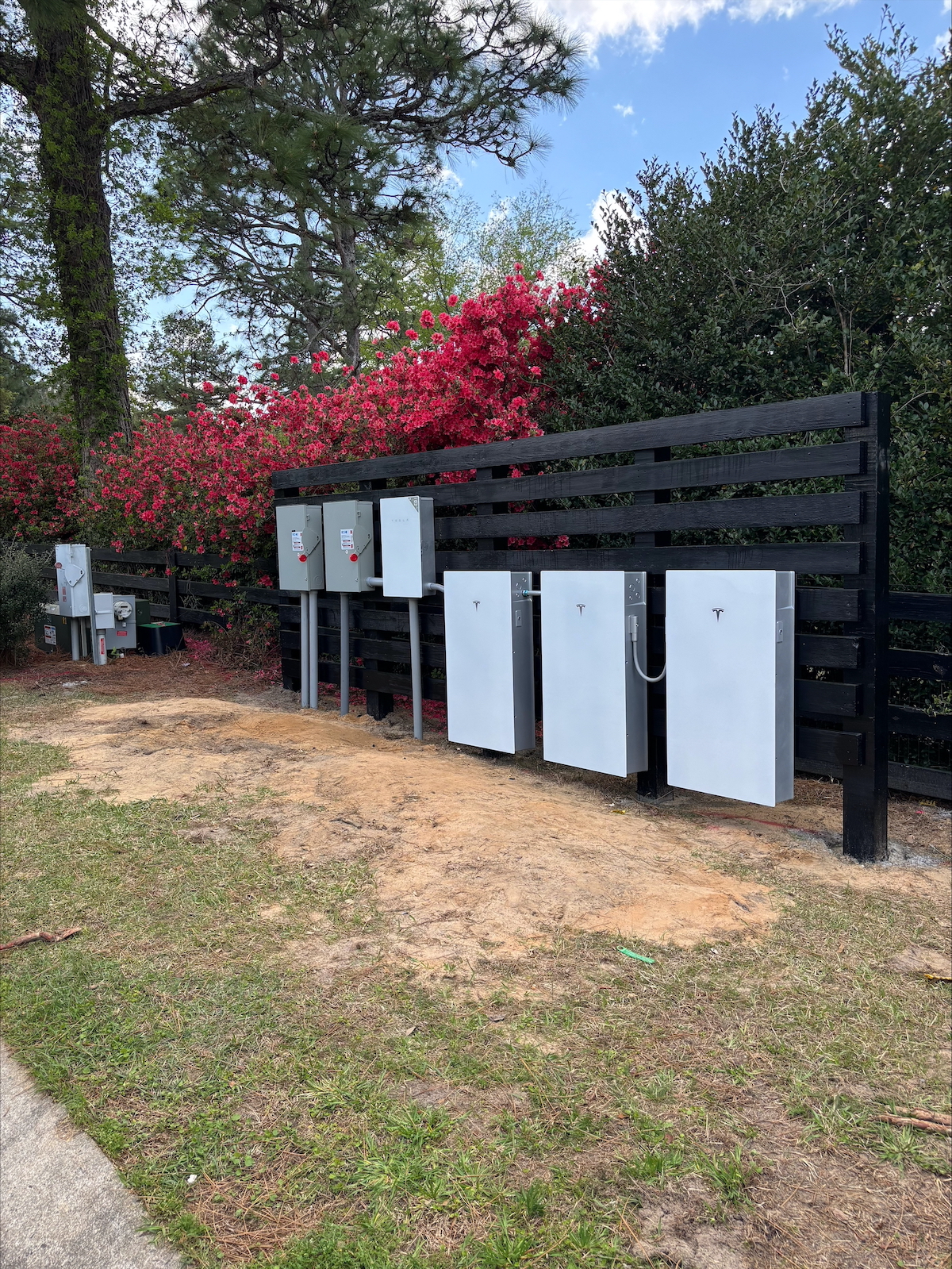By David M. Taub
Our story begins in India, where, in 1939, psychology professor Dr. Clarence Carpenter brought about 500 rhesus monkeys and resettled them on Cayo Santiago island, just off Puerto Rico’s east coast. They were part of research conducted jointly by Puerto Rico’s School of Tropical Medicine and Columbia University. There they lived and thrived, unbothered and essentially invisible to the public until the early 1970s.
In the mid-1940s, the National Foundation of Infantile Paralysis (later the March of Dimes Foundation) bought about 40 acres just off Pinckney Colony Road, near Bluffton. In this remote and isolated backcountry, a monkey holding facility was established, originally called the Pritchardville Primate Center. This site was ideal because it was far removed from human habitations (unlike today) and many of the monkeys arrived sick. At this rural “monkey farm,” monkeys were treated and healed before being shipped to Dr. Sabin’s lab at University of Michigan or Dr. Salk’s lab at the University of Pittsburgh. John Helmey, a wildlife researcher, started the Okatie farm and ran it for many years. His book “The Land That I Love” provides the best description of South Carolina’s first, but not last, “monkey farm.”
From 1946 until it closed in 1959, many thousands of monkeys came through this remote farm before being transferred to research facilities throughout the U.S. Many a monkey escaped from its confines along Pinckney Colony and made their way to Hilton Head Island, a classier place to live. Locals claimed that Hilton Head Island, at that time covered with pristine forests and small farms like all of southern Beaufort County, was overrun with Okatie’s escaped monkeys, riding farmers’ mules and killing their hunting dogs. Who knows if this was true?
What is certainly true is that these monkeys were essential in the development and testing of effective vaccines to protect from the destructive polio virus, which by the early-1950s had grown into a critical national health crisis that was crippling thousands, leading government and private institutions to commit immense resources to developing a vaccine. Two different effective vaccines were developed: Salk’s was based on killed poliomyelitis virus, whereas Sabin’s was based on attenuated (i.e., mostly killed) live virus.
Armed with effective ammunition, in the form of Sabin’s and Salk’s vaccines, a massive nation-wide effort at total immunization of America’s population against polio was undertaken. This effort saved many thousands of lives and prevented paralysis in innumerable children and young adults, those most often afflicted by polio. The “war on polio” was soon won. Those of my generation will remember medical vans coming to our schools and dispensing sugar cubes imbued with a small purple dot of Sabin’s vaccine. Although unknown to most people, southern Beaufort County played a critical role in eradicating polio, not only in America and but also worldwide (except in Pakistan and Afghanistan, where religious terrorists to this day assassinate healthcare professionals trying to vaccinate local children).
This ends the “polio” part of this puzzle, but not the end of the government’s role in “monkey business.”
For many decades, America’s biomedical community used mostly Indian-origin rhesus monkeys in research. They were most abundant on the Indian subcontinent, where many hundreds of thousands roamed its forests and inundated its farms and cities. America had a treaty with India allowing the importation of rhesus monkeys for biomedical research, with a critical stipulation: neither military nor nuclear research could be done using these monkeys.
Eventually activists discovered the U.S. was conducting secret research on nuclear radiation’s effects using rhesus monkeys, and they promptly notified India’s Prime Minister, Morarji Desai. Desai was incensed, as he was a religious Hindu, and using semi-sacred monkeys, by Hindu theology, in terminal experiments violated his deeply-held religious values. In response, India permanently banned all exports of rhesus monkeys to the United States in 1977. To this day, Indian rhesus monkeys are not imported into America. The few that are imported now come mostly from China.
Lacking a reliable source of rhesus monkeys, significant and important biomedical research and vaccine production came to a screeching halt. Consequently, senior scientists at the highest levels of government decided that we had to establish domestic breeding colonies of Indian rhesus monkeys to support critical research. Hence, in the mid-1970s domestic breeding colonies were established, supported by taxpayer dollars. Litton Bionetics was a small biomedical division of Litton Industries, whose President, Roy Ash, had been President Nixon’s Secretary of Commerce. Litton Bionetics was interested in developing one of these government-sponsored domestic breeding colonies.
Someone at Litton vaguely remembered something about a monkey colony somewhere in South Carolina. So, with their L. L. Bean bush boots packed, off trekked these Yankee “captains of industry” to rural South Carolina to hornswoggle the Southern backwoods rednecks out of their monkey farm. Litton’s brass figured they could just come to town, blind the good ole boys with the razzle-dazzle of their Brooks Brothers pinstriped suits, Barbour field jackets and New England pedigrees and buy themselves a monkey farm.
Reality dashed such hopes; the now abandoned old Pinckney Colony facility was not for sale, period. Crushed, these captains, now demoted by failure to privates, prepared to depart the sunny South empty-handed. But magically the Wizard of Luck intervened, and enterprising Beaufort County officials got wind that the masters of the universe wanted to buy land in Beaufort County.
The county’s so-called “Courthouse Gang” sprang into action and convinced these not-so-savvy captains turned privates to buy 30 acres of swamp land in the so-called Yemassee Industrial Park. They were assured there would be no problems with zoning, development licenses and permits. Litton bought this pig in a Beaufort County poke and submitted their NIH proposal. They received one of the initial awards, and so was born the Yemassee Primate Center, immediately slapped with the obvious moniker of “monkey farm.”
But that’s just the first part of this true story. In Part 2, I will reveal the nitty-gritty of how Monkey Island itself was created, and why the future mayor came to Beaufort a second time.
David M. Taub was Mayor of Beaufort from 1990 through 1999, and served as a Beaufort County Magistrate Judge from 2010 to 2015. He may be contacted at david.m.taub42@gmail.com.






